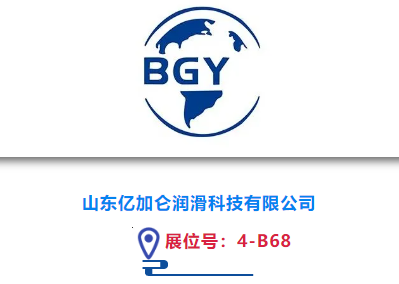Three cold storage companies revealed how they had been able to increase revenue and reduce costs with low-charge ammonia and CO2 transcritical systems.

David Bornemeier, Western Gateway Cold Storage, addresses ATMO America.
Henningsen Cold Storage, Western Gateway Storage and KPAC General all told this week’s ATMOsphere America 2018 conference they had been able to increase revenue and reduce costs with low-charge ammonia and CO2 transcritical systems.
David Bornemeier, president of Western Gateway Storage and the first person to install Evapco’s low-charge ammonia system in the U.S., explained how the compact solution on the roof allowed his company to save space and invest in new areas.
“So we’re now in the packaged ice business,” Bornemeier told the audience during the second day of the natural refrigerants conference.
The new revenue stream from the additional space has “increased our revenue”.
Similarly Ronnie R. Ceballos, vice-president and general manager, KPAC General, noted that the additional space gained by using a NXTCOLD low-charge ammonia package had also helped his company.
“With a conventional [ammonia] system you need an engine room,” Ceballos said. “Now we have empty space that’s potential revenue space.”
Another benefit is the reduced energy costs compared to a conventional ammonia system.
“We have only been in operation about five months, [and in these] five months we have averaged 20,000 dollars [in electricity costs] a month,” he said.
“From an accounting standpoint it looks pretty good,” he pointed out.
The company also projects that taking into account liability insurance savings, space savings, energy savings and cost savings of installations, they will save $425,000-$482,500 compared to a traditional ammonia system.
Opting for a very different solution, Pete Lepschat, director of engineering at Henningsen Cold Storage, was hopeful the installation of a CO2 transcritical system at his company’s new facility would lead to savings.
In installing this system compared to low-charge ammonia, “so far we have had 5-6 weeks of construction saved,” Lepschat said.
The system will also be $534,000 cheaper than a low-charge ammonia system, he argued.





















